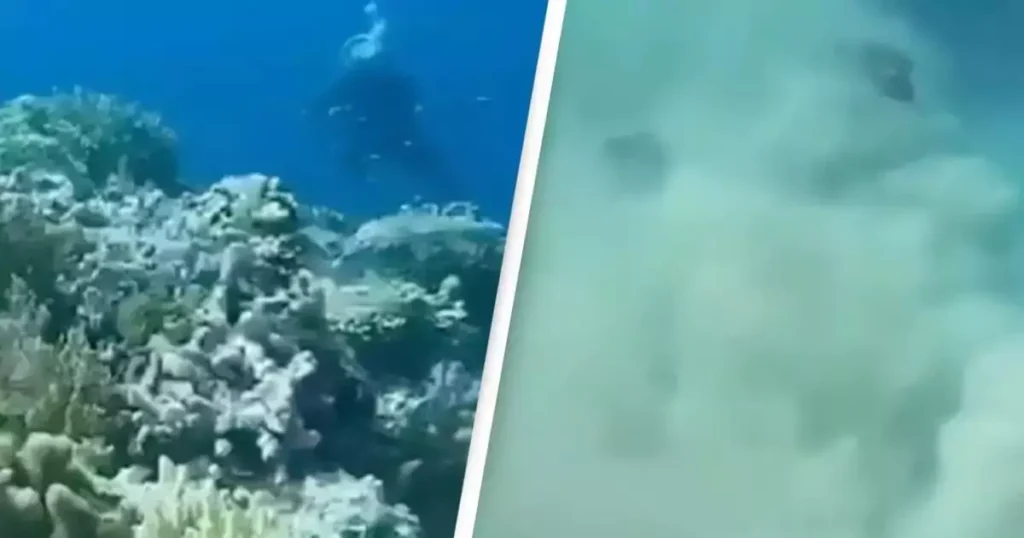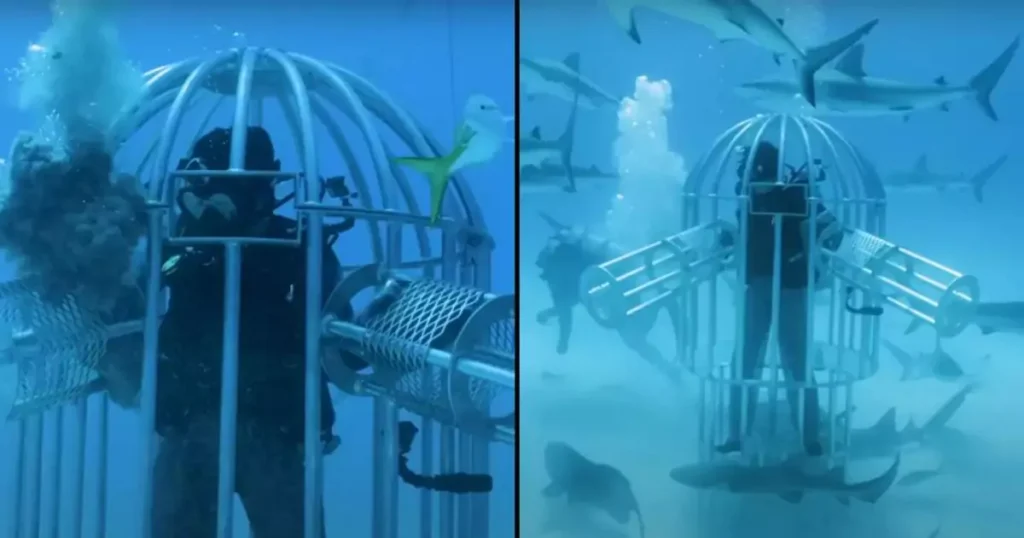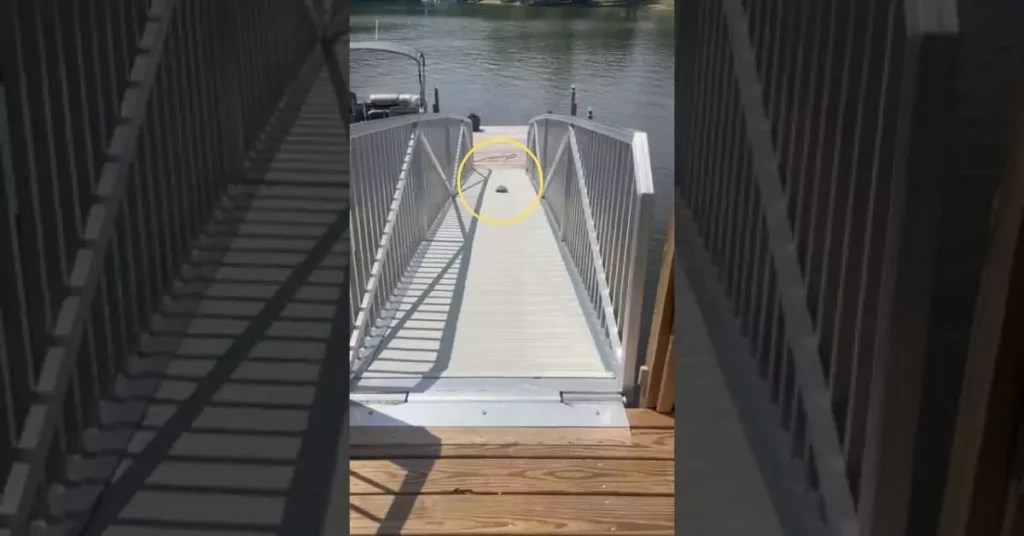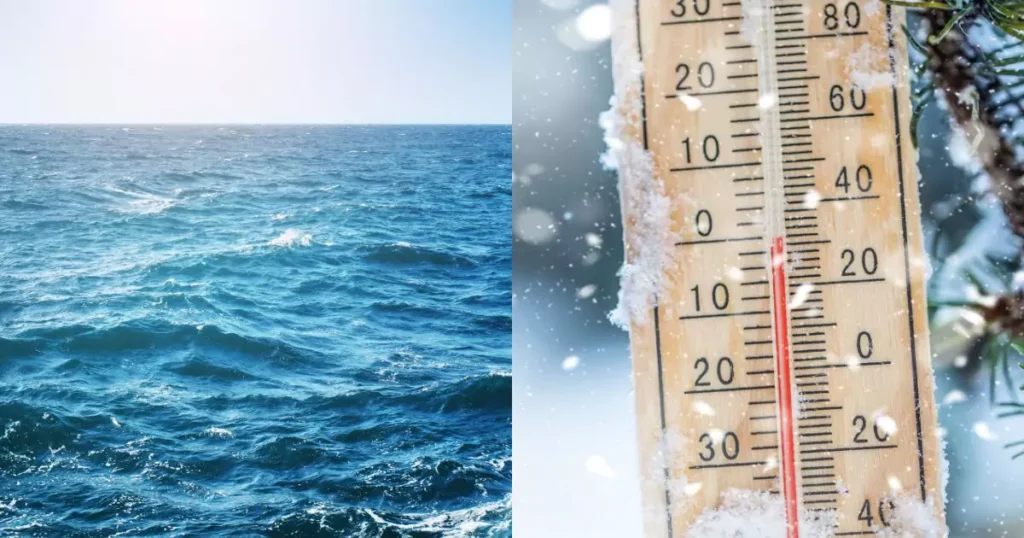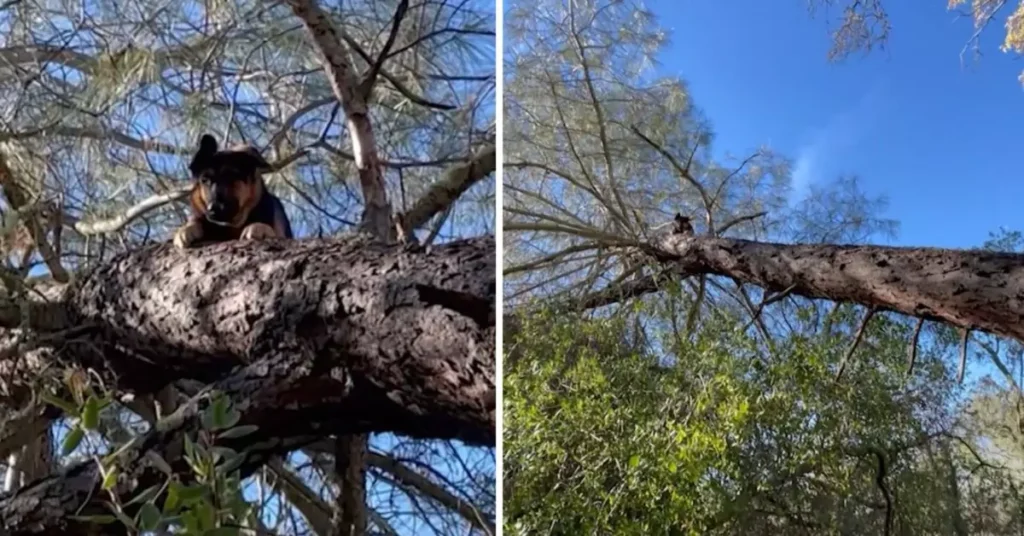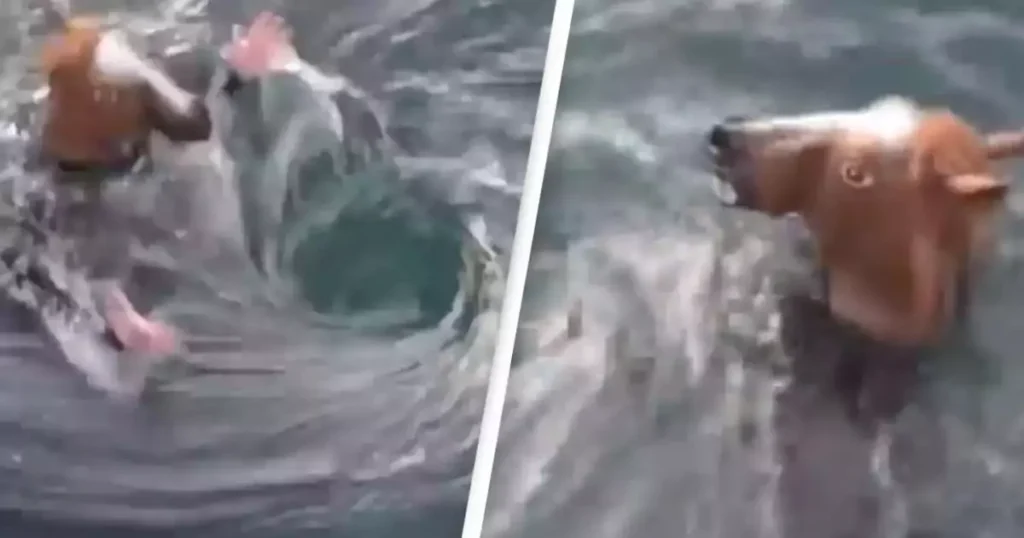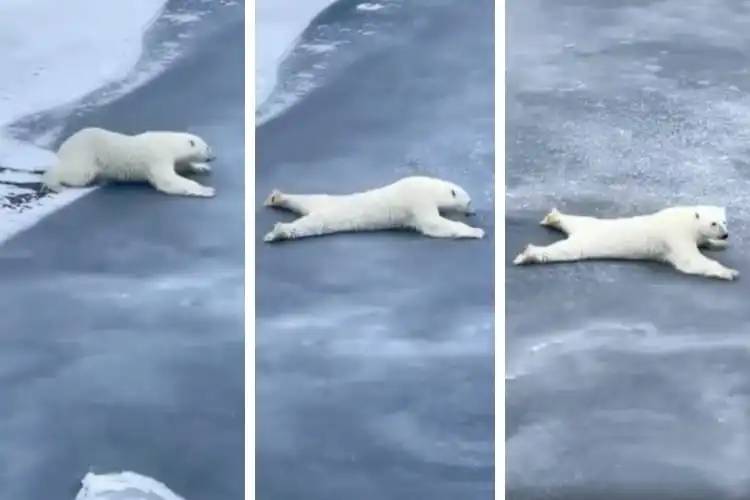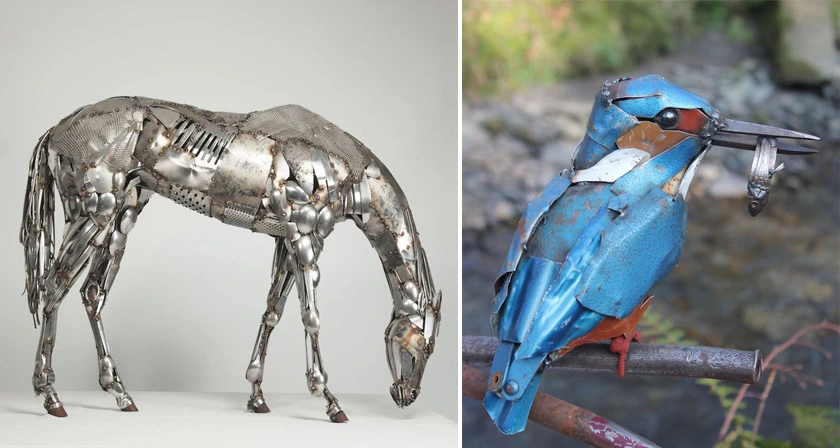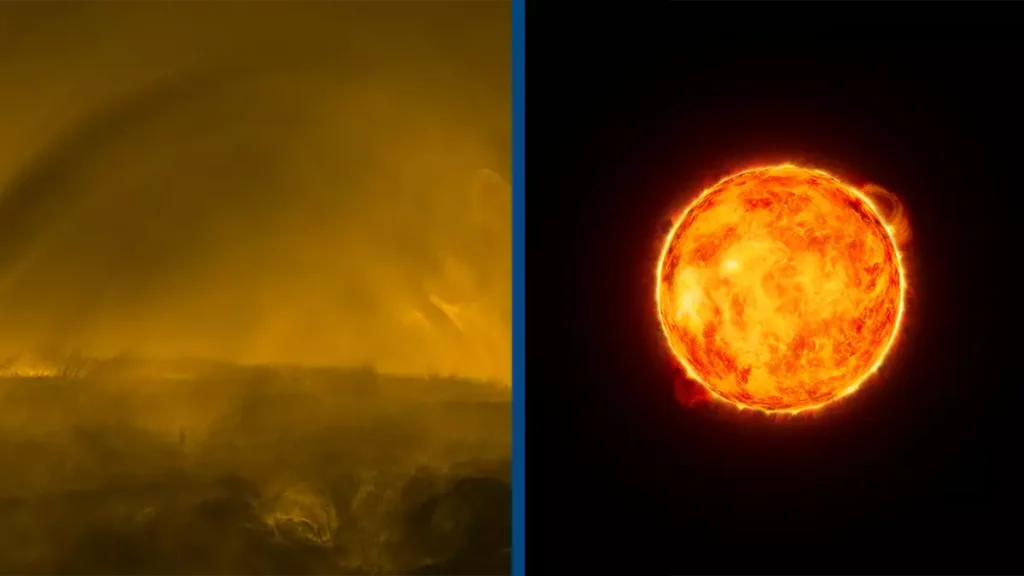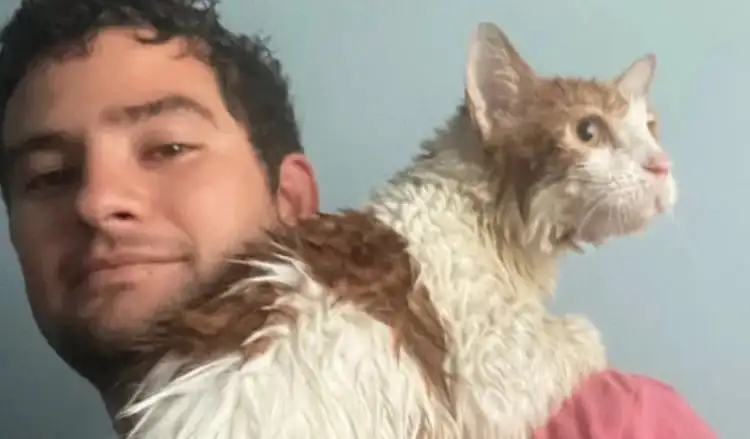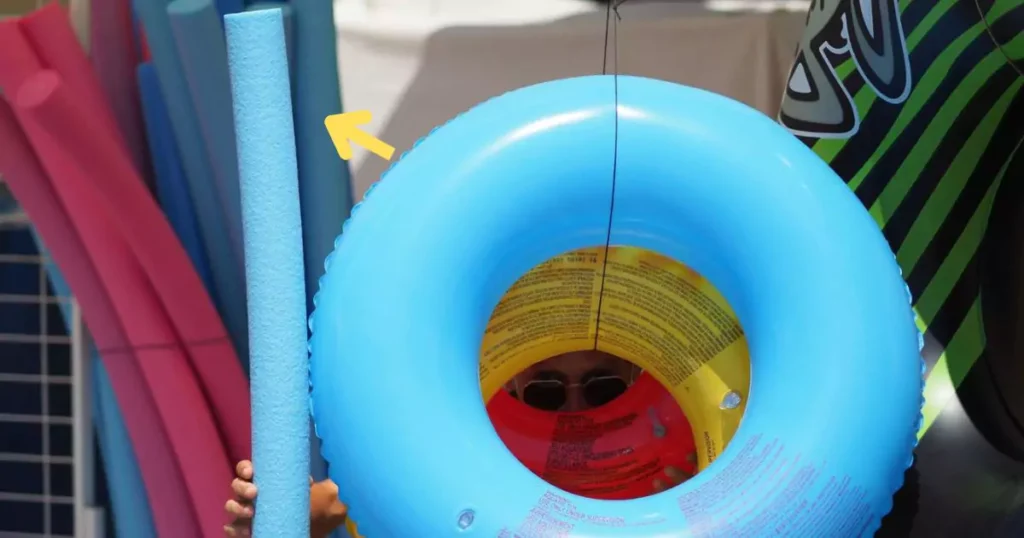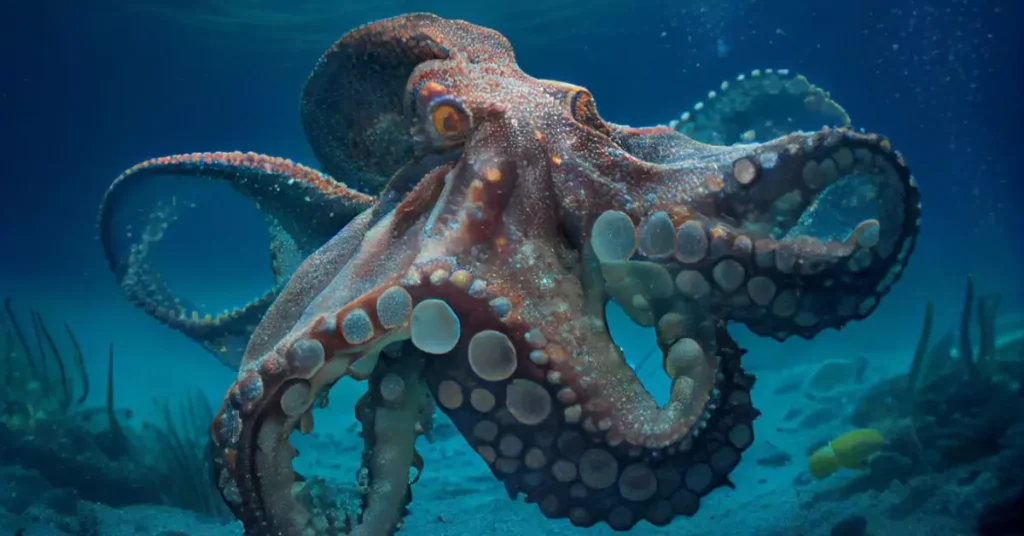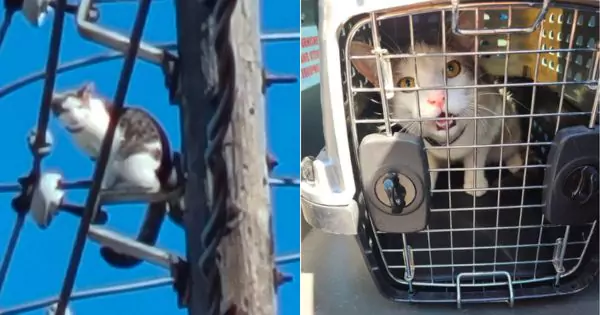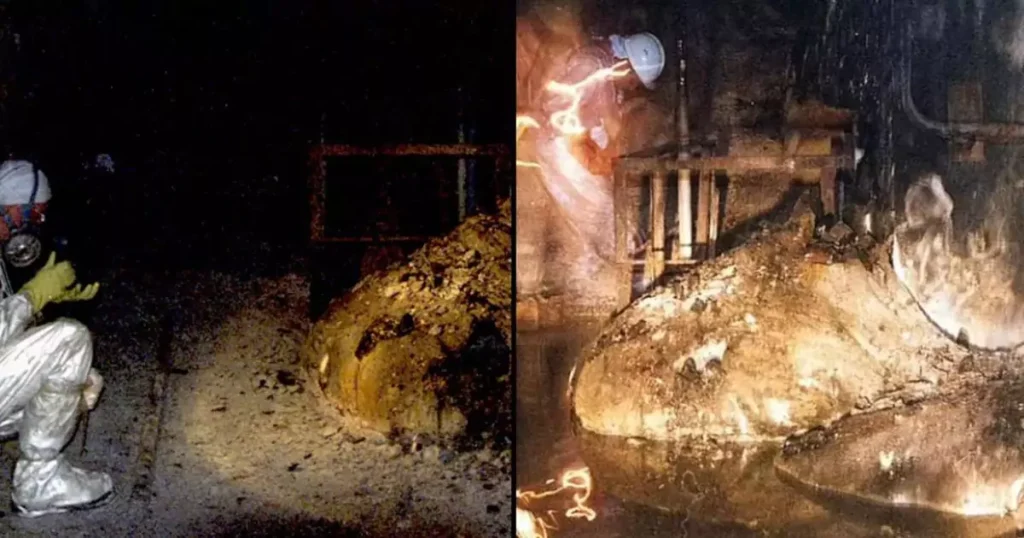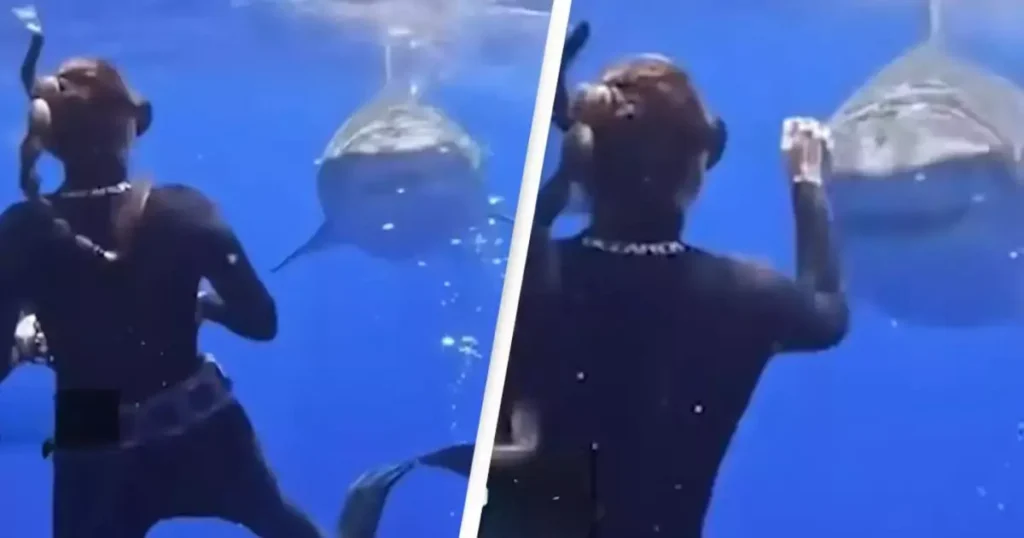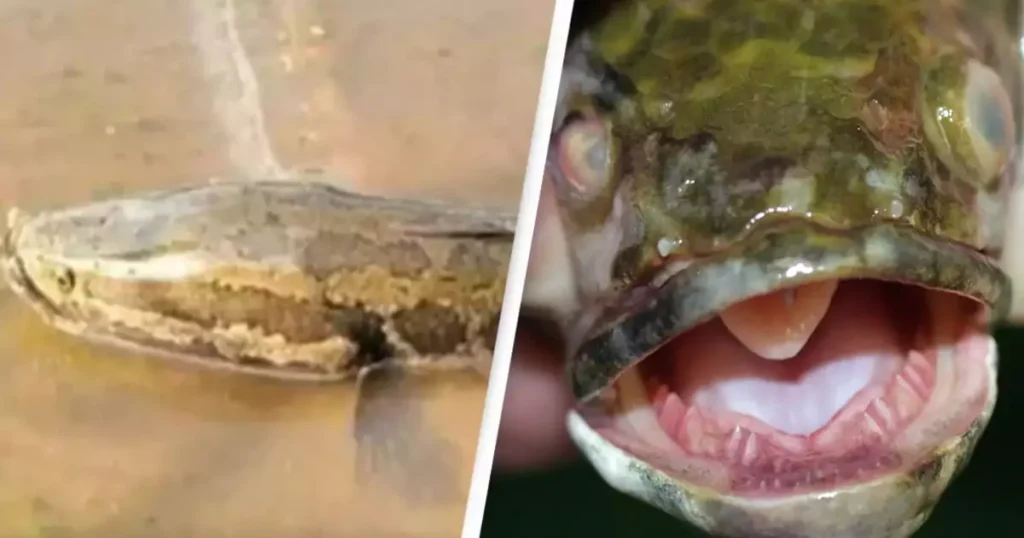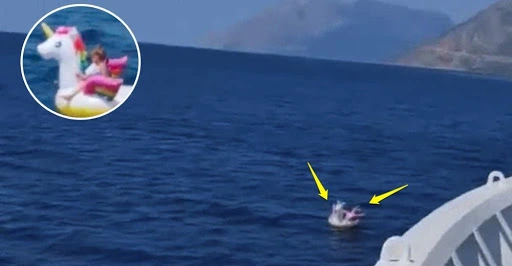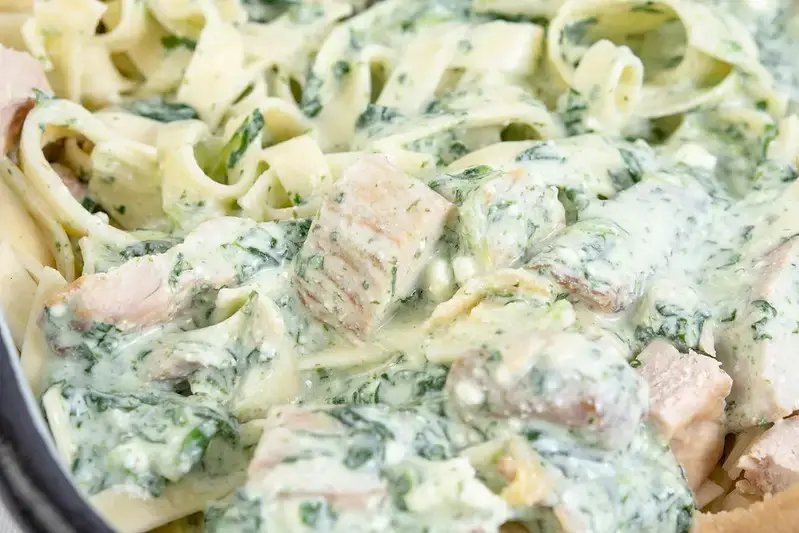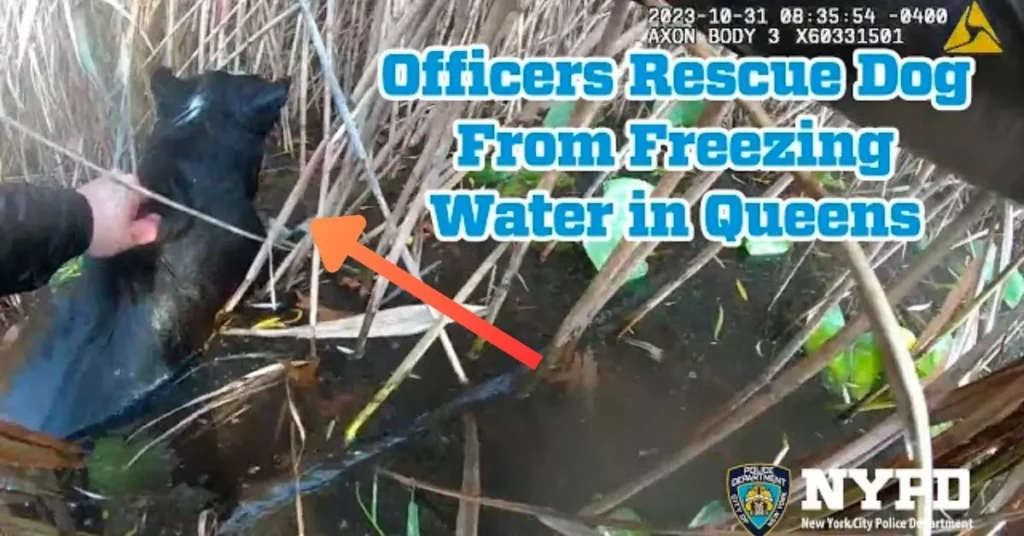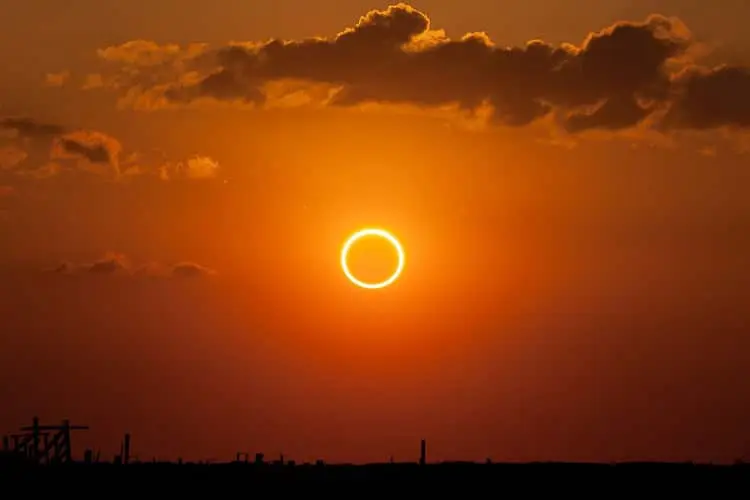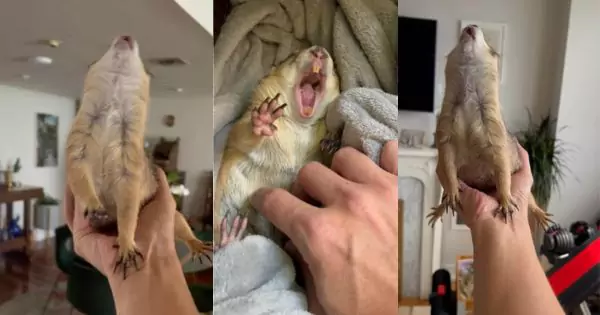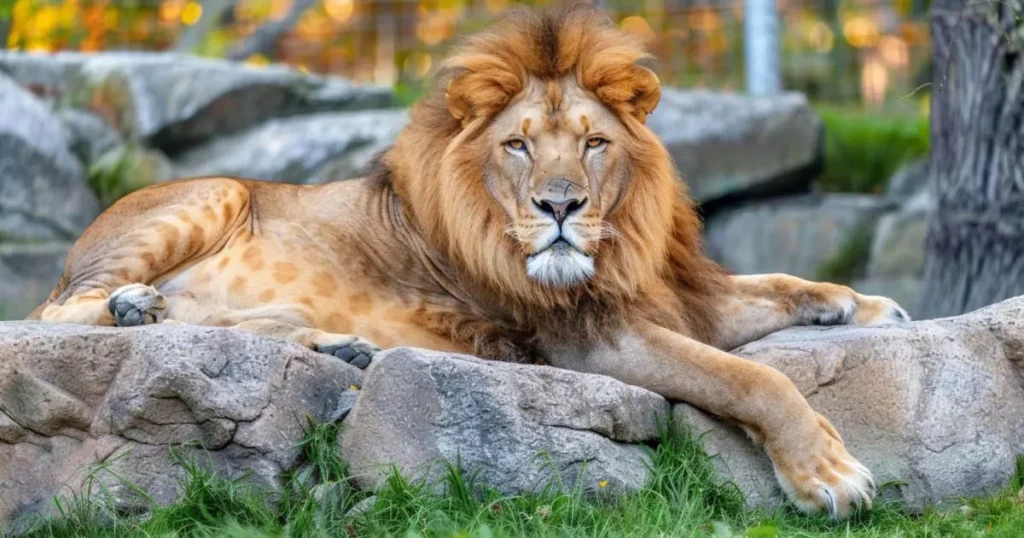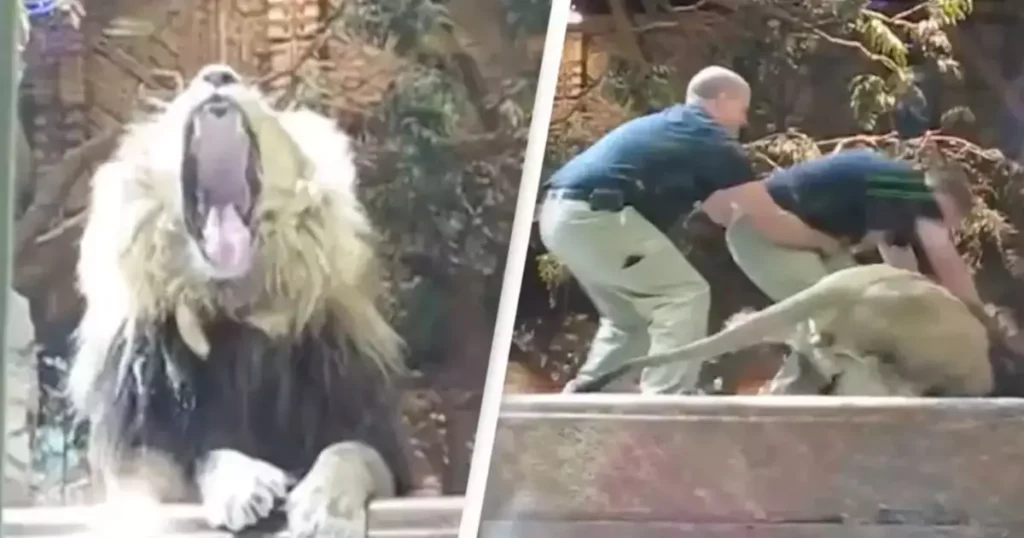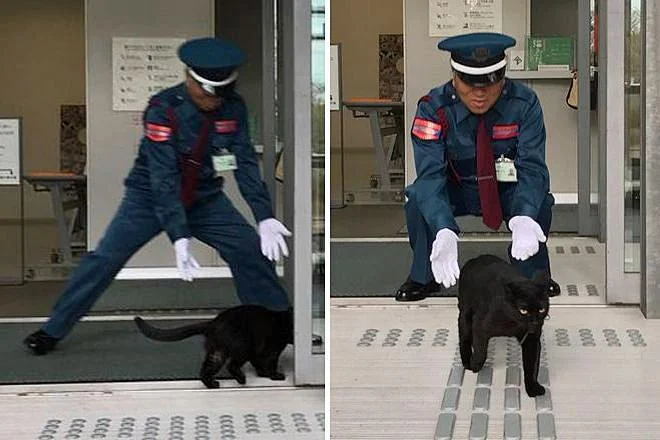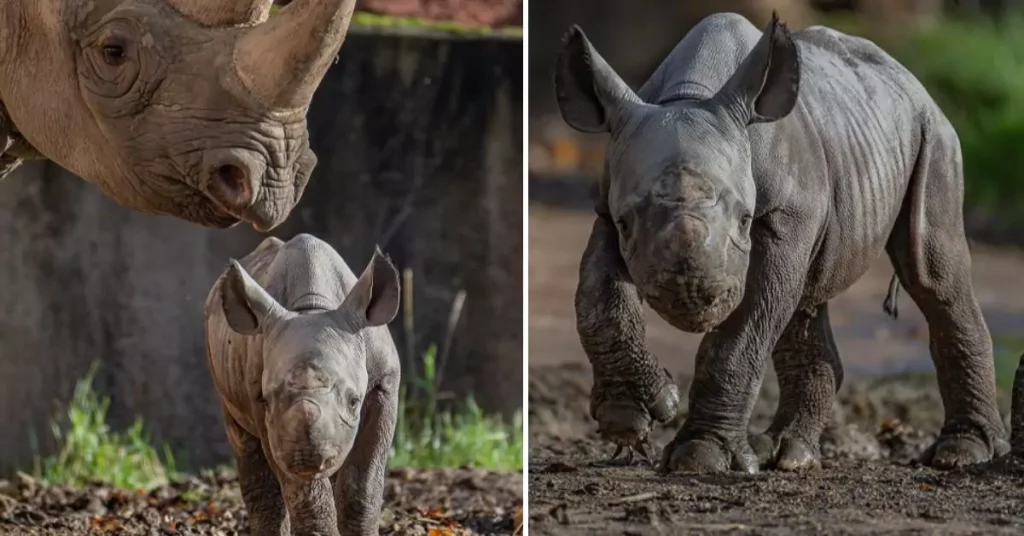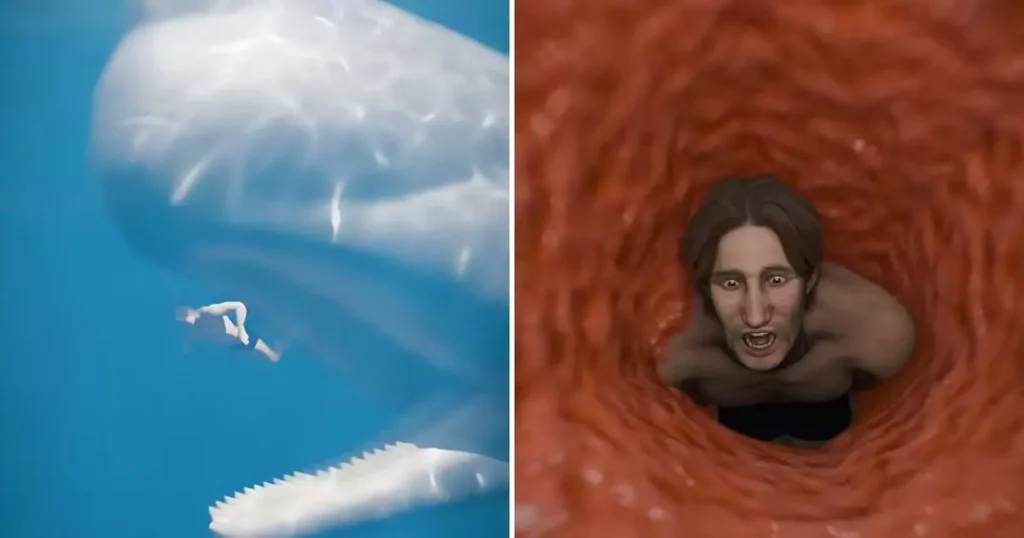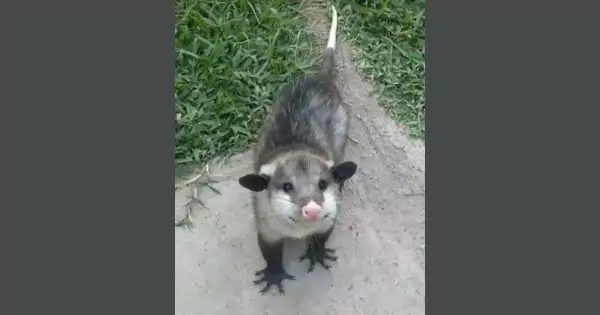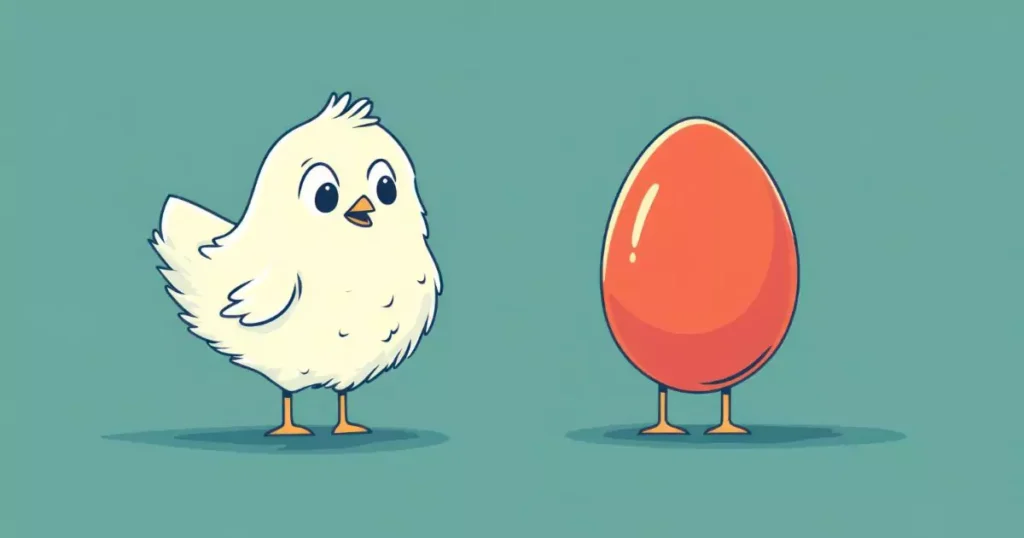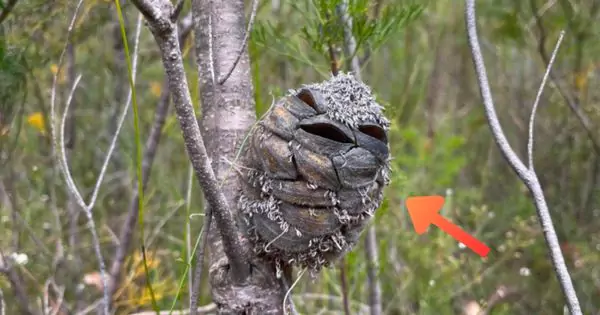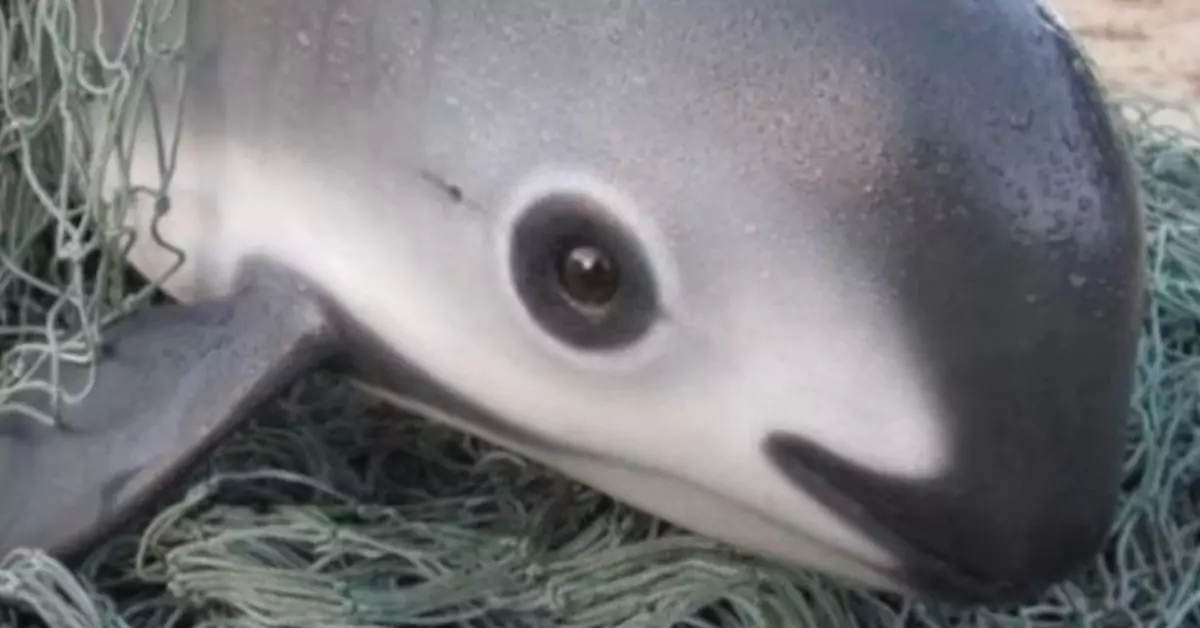
The vaquita, a small porpoise species endemic to the Gulf of California, stands on the precarious edge of extinction. With an estimated population of just 10 to 13 individuals as of early 2023, the vaquita is not only one of the rarest marine mammals in the world but also a poignant symbol of the environmental crises facing our oceans. This article delves into the vaquita’s journey towards extinction, the concerted efforts to save it, and why its survival is crucial for marine biodiversity.
Understanding the Vaquita
The vaquita, Phocoena sinus, is not just the smallest of the porpoise family but also one with a highly distinctive body structure and a very specific habitat range. Vaquitas are shy and elusive, characterized by their dark rings around the eyes and mouth, and a sleek, grey body. They inhabit the warm, shallow waters of the northern Gulf of California, a unique ecosystem rich in biodiversity. Here’s a closer look:
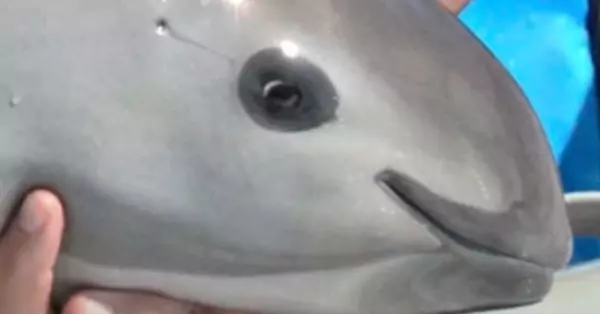
Known Locations
- Northern Gulf of California: Vaquitas are endemic to the northern part of the Gulf of California, also known as the Sea of Cortez. This area is their only known habitat.
- Restricted Range: Their range is incredibly limited, primarily around the area near Baja California, Mexico. They inhabit shallow, turbid waters near the coastline.
- Critical Habitat Area: Certain regions, such as the waters around the Colorado River Delta, are particularly crucial for their survival, providing essential feeding grounds.
Body Structure
- Small Size: Vaquitas are the smallest cetaceans. An adult vaquita typically measures about 1.5 meters in length and weighs around 43 kilograms.
- Distinctive Features: They are characterized by their dark rings around the eyes and mouth, creating a unique facial pattern. Their bodies are robust and stocky for their size.
- Coloration: Vaquitas have a dark grey back, pale grey sides, and a white underside, which helps in camouflage within their murky water habitat.
- Adapted Fins: Their dorsal fin is proportionally taller than in most porpoise species, an adaptation to their warm water habitat.
- Sensory Adaptations: Like other porpoises, vaquitas have well-developed acoustic senses to navigate and hunt in the murky waters of the Gulf.
The vaquita’s restricted range and specialized body structure underscore its vulnerability to environmental changes and human activities. Understanding these aspects is crucial in designing effective conservation strategies.
The vaquita plays a critical role in its habitat. As a top predator, it maintains the ecological balance, controlling the population of smaller fish and squid. Understanding the vaquita’s natural behaviors and habitat preferences is essential for their conservation, yet their elusive nature makes research challenging.
The Brink of Extinction
The vaquita’s population has seen a dramatic decline over the past few decades. In the 1990s, their numbers were estimated in the hundreds. By 2018, the International Committee for the Recovery of the Vaquita (CIRVA) estimated that only 6 to 22 individuals remained. The primary driver of this decline is bycatch in illegal gillnets used for fishing another endangered species, the totoaba fish, whose swim bladder is highly valued in traditional medicine.
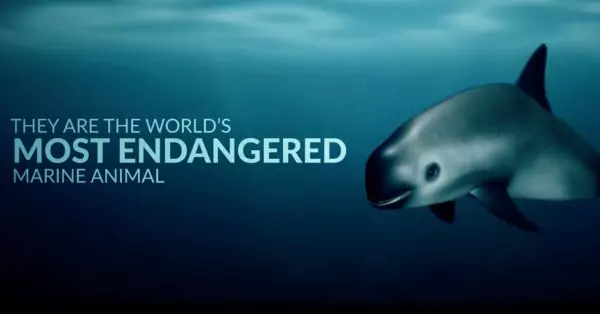
Causes of Extinction
The plight of the vaquita is a complex interplay of various factors, predominantly human-induced. Illegal gillnet fishing remains the most immediate threat, as vaquitas get entangled and drown. Beyond bycatch, other factors contributing to their decline include habitat degradation due to pollution and possibly climate change, which affects the ecosystem dynamics of their habitat.
Amazing Facts About the Vaquita
Despite their precarious situation, vaquitas are a marvel of the marine world. Here are some intriguing facts about this rare species:
- Smallest Cetacean: The vaquita is the smallest known cetacean (whale, dolphin, or porpoise) in the world.
- Distinctive Appearance: They have unique dark rings around their eyes and mouths, giving them a distinctive “smiling” appearance.
- Limited Range: Vaquitas have one of the most restricted habitats of any marine mammal, confined to the northern part of the Gulf of California.
- Shy Nature: Known for their extreme shyness, vaquitas rarely surface and are difficult to spot in the wild.
- Unique Echolocation: They use high-frequency sounds for echolocation, which are distinct from those of other porpoise species.
- Low Reproductive Rate: Vaquitas have a low reproductive rate, typically giving birth to one calf every two years.
- Critical Role in the Ecosystem: As top predators in their environment, they play a vital role in maintaining the ecological balance of their marine habitat.
Conservation Efforts
The fight to save the vaquita has been a challenging yet crucial endeavor. Key conservation efforts include:
- Gillnet Ban: Advocating for and enforcing a complete ban on gillnets in the vaquita’s habitat.
- Alternative Fishing Methods: Promoting and developing fishing techniques that do not endanger the vaquita.
- International Cooperation: Engaging in international efforts to curb illegal fishing and trade, particularly in totoaba products.
- Awareness Campaigns: Raising awareness globally and locally about the vaquita’s situation and the importance of its conservation.
- Scientific Research: Conducting continuous research to better understand vaquita behavior, population, and habitat needs.
Challenges in Conservation
Despite these efforts, conserving the vaquita faces several challenges:
- Enforcement of Laws: Difficulty in enforcing fishing regulations and gillnet bans in the Gulf of California.
- Economic Impact: Addressing the economic needs of local communities that depend on fishing.
- Illegal Fishing: Combatting the persistent illegal fishing and trade of totoaba.
- Limited Data: The elusive nature of the vaquita makes gathering accurate population and behavioral data challenging.
The vaquita’s situation is a stark reminder of the impact of human activities on wildlife. Saving the vaquita from extinction is not just about preserving a species but also about maintaining the health and balance of marine ecosystems. It requires concerted global efforts, strong political will, and community engagement. Each of us has a role to play in this conservation story, and the time to act is now.


